Which Dental Schools Are Out-of-State Friendly?
Where you live can make a big difference in where you get in. If you’re applying to dental schools outside your home state, knowing which programs actually accept out-of-state students and how many is critical to shaping a smart application strategy.
This page breaks down what out-of-state percentage means, why it matters, and how to use it to your advantage.
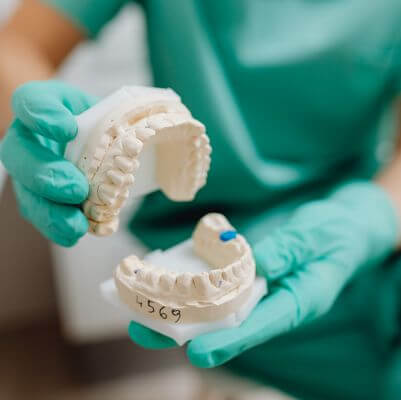

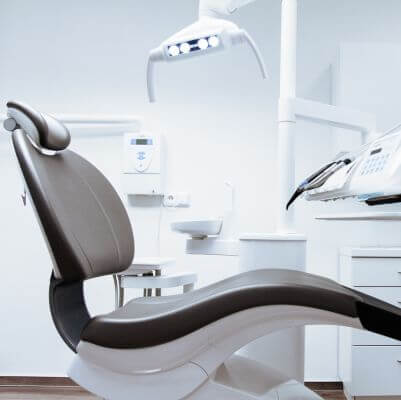
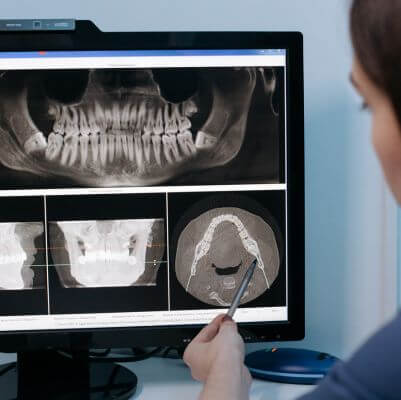

What Is Out-of-State % and Why It Matters
Out-of-state percentage refers to the share of students in a dental school’s entering class who are not legal residents of the state where the school is located.
This number matters because:
- Public schools often give strong preference to in-state applicants
- Private schools tend to be more flexible with residency
- Some schools have regional agreements that can benefit you
How to Use This Data Strategically
Below is a breakdown of U.S. dental schools by out-of-state enrollment percentage. Use this data to identify which programs are more open to non-resident applicants and start building a smarter, more strategic school list.
Quick Facts and Trends
1
Public Dental Schools
Typically admit a small percentage of out-of-state students, often 5 to 15%
2
Private Dental Schools
May admit 40% or more out-of-state applicants
3
Regional Agreements
Can offer reduced tuition or special consideration for nearby states
4
Examples:
- Oregon Health & Science University admits approximately 46% of its class from out-of-state
- North Carolina and Mississippi schools strongly prioritize in-state applicants
Jump into the Data
Use this multi-year view to spot trends, compare schools, and make informed decisions. Updated annually, this data helps you better understand how programs are evolving over time.


Explore More Admissions Data
Out-of-state percentages are just one part of the picture. Dive deeper into other key admissions metrics to build a well-rounded, data-informed application strategy.
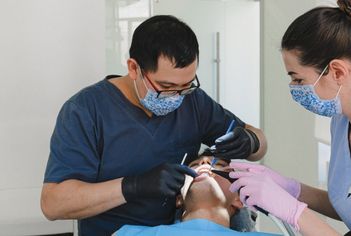
Find Your Fit with W.A.M.C.
Use What Are My Chances data to compare your academic profile against accepted students.
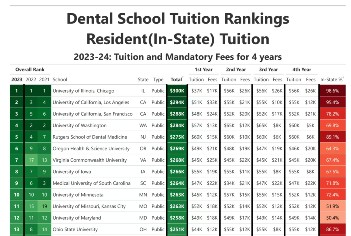
Tuition Rankings
See current for all 70 schools for both in-state and out-of-state students

Where Do Students Actually Enroll?
Explore which schools students choose most often after getting accepted and why that matters.

Estimate Your Chances
Input your GPA and DAT scores to see how your numbers stack up and where you’re most competitive.